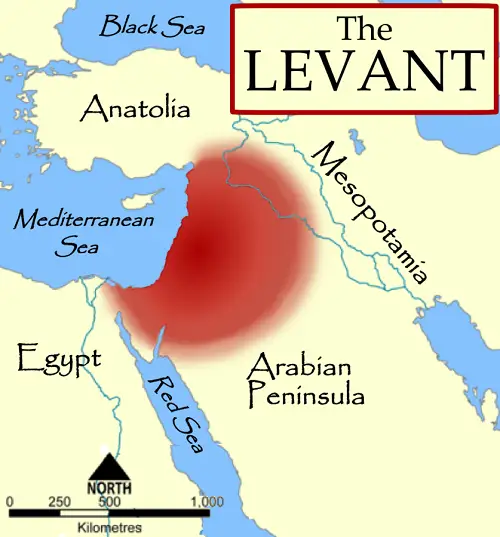Memphis is a city in Egypt that is located about 12 miles to the south of Cairo. Â With its rich contribution to Egypt’s history, Memphis has become a tourist attraction in this beautiful country. Â This ancient city is now uninhabited and transformed into a huge museum combining both indoor and outdoor attractions.
In the past, Memphis became Egypt’s capital city, and this continued for a total of eight consecutive kingdoms. Â This city also became well-known as the first Nome of Lower Egypt, and marks the division in what was then known as Lower and Upper Egypt. Â In ancient times, Memphis also became a popular city in the whole country of Egypt as it became the center for Ptah worship. Â Ptah is the Egyptian god associated with artwork and the whole of creation. Â Based on some historical text, Memphis was considered a huge city with a large population. Â All these basically contributed to the city’s popularity and prestige for eight dynasties. Â Over time, though, Memphis’ prestige and relevance eventually waned especially at the time of the Roman influence and rule. Â The city was then later replaced by new developments in the northern areas of the country, and this led to many people leaving the city for good. Â At the time, the northern city of Cairo began to rise in prominence while Memphis was left to become a quarrying site or as a dumping ground for the country’s various wastes.
Today, the city of Memphis is known for its remains as a capital city in ancient Egyptian times. Â These remains are what make this city a famous, tourist attraction in Egypt today. Â Parts of the Ptah worship temple, Sphinxes, colossi, including that of Ramses, various statues and architectural remnants are on display in various indoor and outdoor museums. Â Many of these remains are actually considered very little of what’s left in the ancient city of Memphis. Â This particular city was once a huge capital with lots of activities going on making it an important part of Egypt’s history.












Leave a Reply